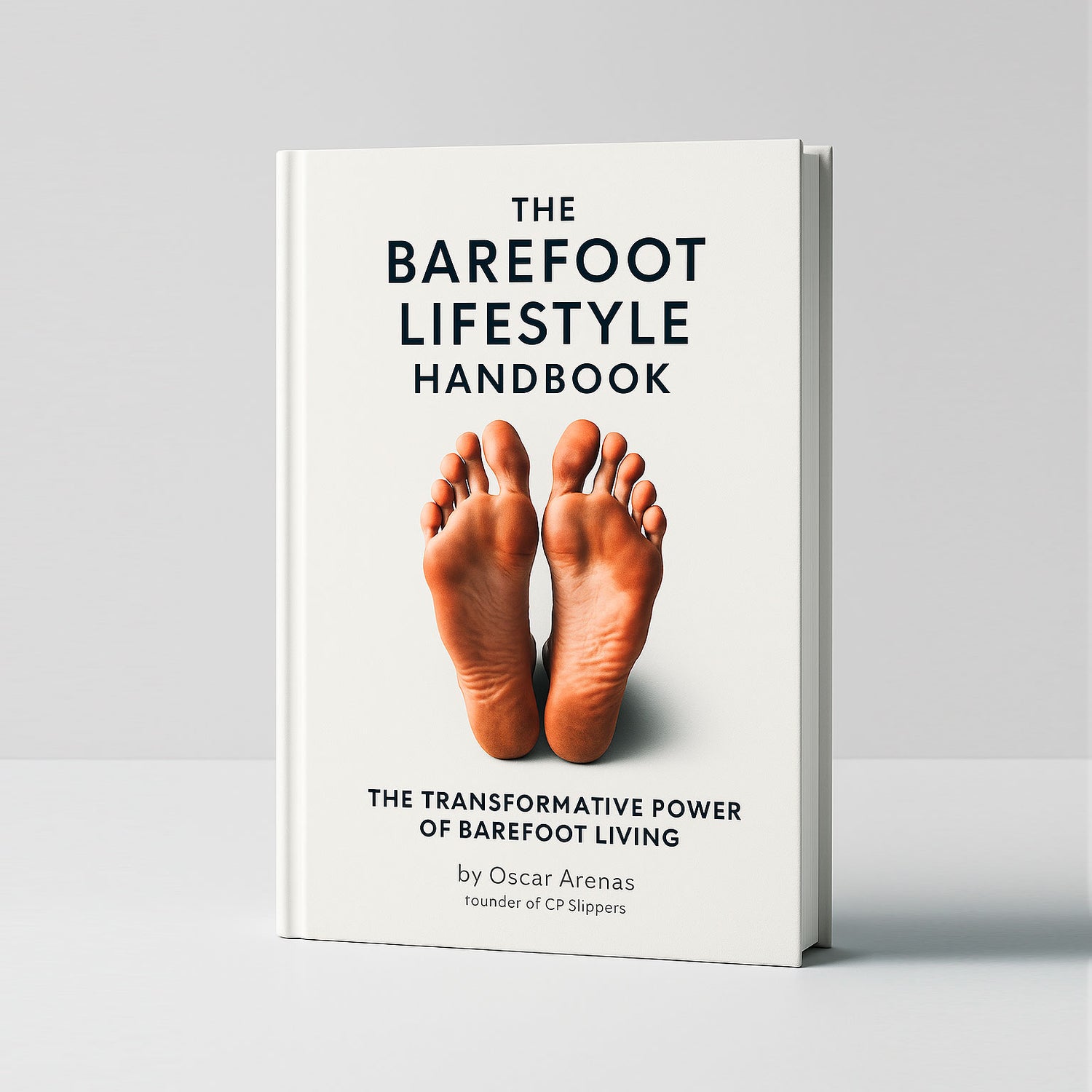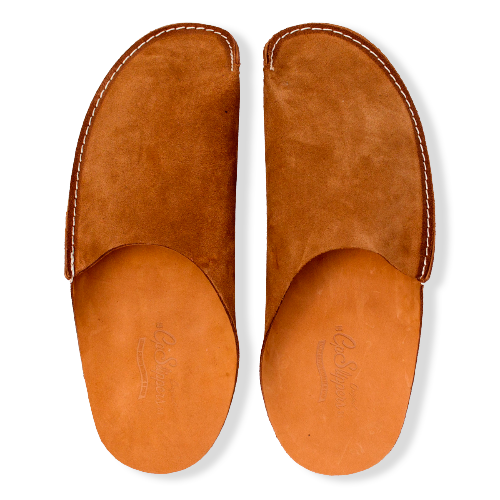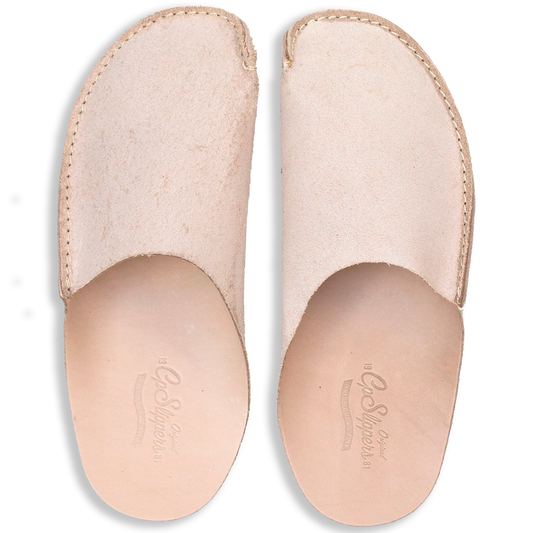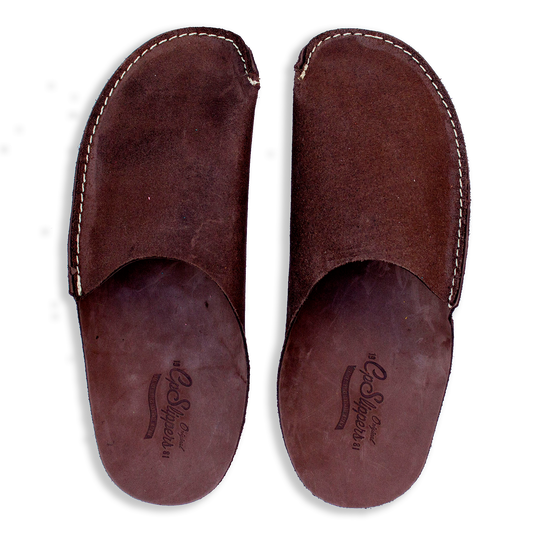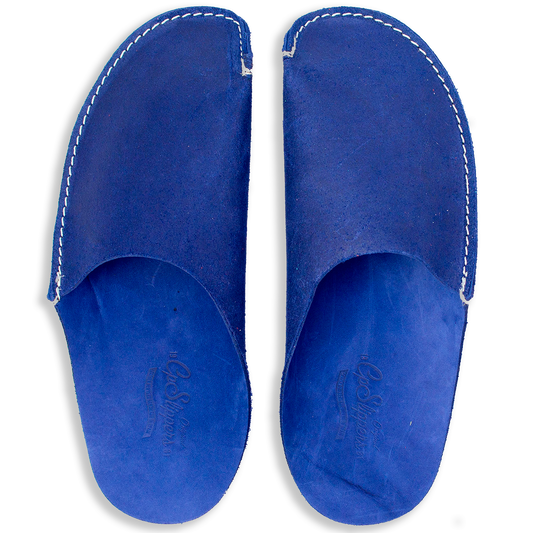Creating spaces that encourage a connection with the ground.
Creating living spaces that invite grounded living
Rather than being a place where you remove your shoes, a barefoot house fosters presence, connection, and comfort from its foundation. It's about designing with intention, creating an environment with textures, light, and natural components that supports the body and calms the mind.
Your home can be a sanctuary that promotes your well-being, no matter how committed you are to barefoot living or just starting to explore its benefits.
Why a barefoot home matters
Our living environments help to define our mood, behavior, and sense of movement in the world. We are less inclined to go barefoot on cold, hard, synthetic floors. But our whole posture changes when surfaces encourage us to slow down and engage with them. We move in different ways. We breathe differently.
More conscious mobility is encouraged by barefoot-friendly design; it also facilitates better foot mechanics and a deeper degree of ease. The best thing is also that it only requires a careful change in our approach to our area; a complete remodeling is not necessary.
Natural flooring: Foundation for the barefoot experience
The flooring of a barefoot house is quite crucial. Natural materials feel better too, not to mention look great.
- Wood floors offer warmth, slight give, and subtle variation that stimulates foot muscles.
- Stone or slate provides grounding coolness and a sturdy, stable feel underfoot.
- Bamboo is smooth and sustainable, with a texture that invites barefoot exploration.
- Natural fiber rugs (wool, jute, cotton) add comfort and warmth without dulling tactile feedback.
Steer clear of synthetic carpets, plastic-based flooring, or shiny finishes that seem icy or slick. Think texture, warmth, and genuineness; materials that reflect the Earth itself.
Letting the Outdoors In: Life, Light, Air
A barefoot house should have an open, airy feel. Optimizing natural light and ventilation improves the atmosphere and generates more dynamic surroundings.
- Large windows or skylights draw in sunlight, encouraging barefoot lounging in sunny spots.
- Cross-breezes invite fresh air, helping your skin — and spirit — breathe.
- Indoor plants aren’t just decorative; they improve air quality and bring in life, color, and movement.
A little indoor garden, a water feature, or even a living wall might help you to establish a closer relationship with nature. These natural components intensify the sensory experience, therefore transforming your barefoot path from simple to rich and fulfilling.
Creating intentional barefoot zones
Although not every room needs to be barefoot-friendly, having certain areas for this will help your house find a new rhythm.
Some ideas:
- A reading nook with soft natural textiles and floor cushions.
- A meditation space with stone or cork flooring and minimal distractions.
- A screen-free area near a window or plant corner, where you can stretch, sit, or simply exist.
Subtle clues to support the barefoot habit could be a lovely rug, a woven basket for shoes at the door, or soft, warm lighting inviting relaxation.
These places become sanctuaries where you center yourself, emotionally and physically, over time.
Keeping it clean and safe
Planning for barefoot living also requires pragmatism. Your floors ought to be clean and safe if you are really at peace.
- Choose non-slip surfaces and finishes that offer grip without harshness.
- Use eco-friendly cleaning products to avoid chemical residue.
- Install shoe storage near the entrance to keep dirt from spreading indoors.
- Consider zoning your home by barefoot-friendly areas, especially if you have kids or pets.
Comfort and cleanliness are not opposites; rather, they are part of the same philosophy: designing a place where you can unwind and feel at home in your skin.
The emotional impact of grounded spaces
Beyond the physical, a barefoot-friendly house fosters emotional health. Walking barefoot on chilly stone or warm wood has a somewhat comforting effect. It's a tactile call to slow down, to be present, and to let the day fade.
In these places we reestablish not only with the Earth but also with ourselves.
Final thought: Home as a barefoot sanctuary
Building a barefoot house is about creating a space that supports the rhythms of actual life, not about trends or perfection. One that invites presence, supports mobility, and, by means of materials and flow, symbolizes your ideals.
Starting from the floor under your feet, your house may become a place where well-being, beauty, and groundedness converge, whether you live in a studio apartment or a large house.


